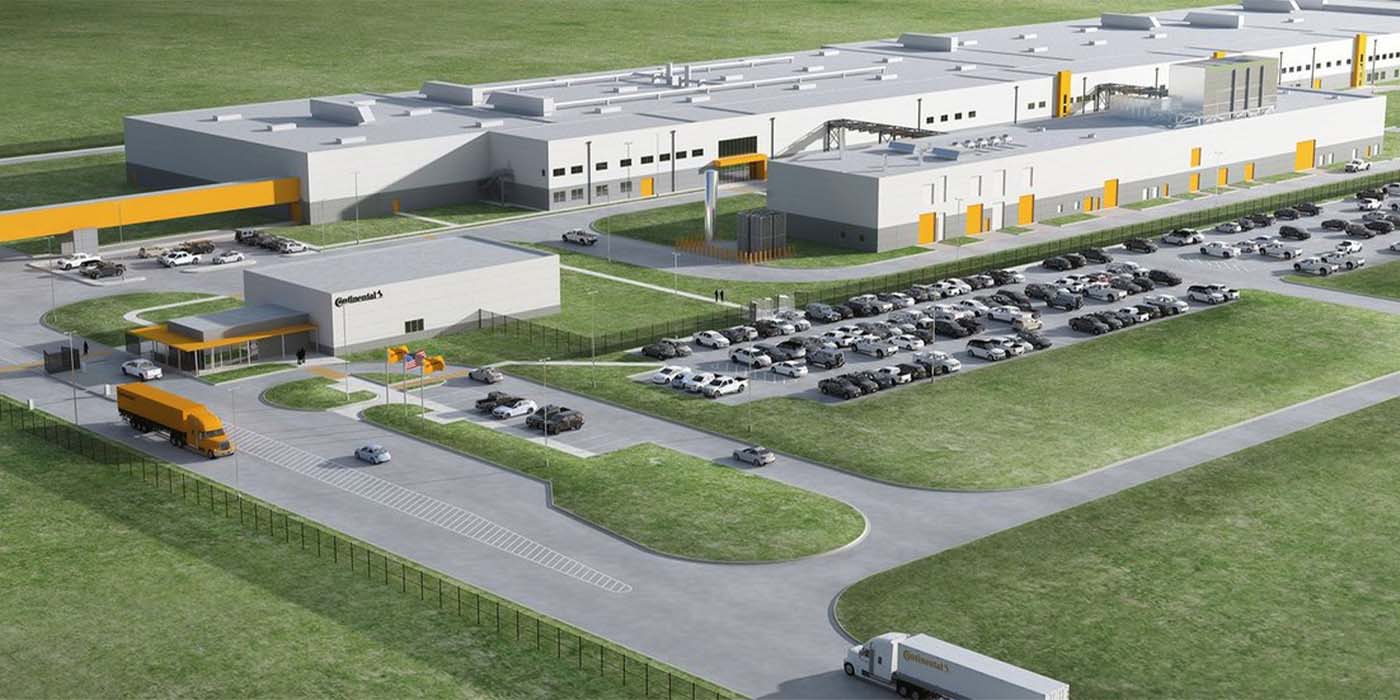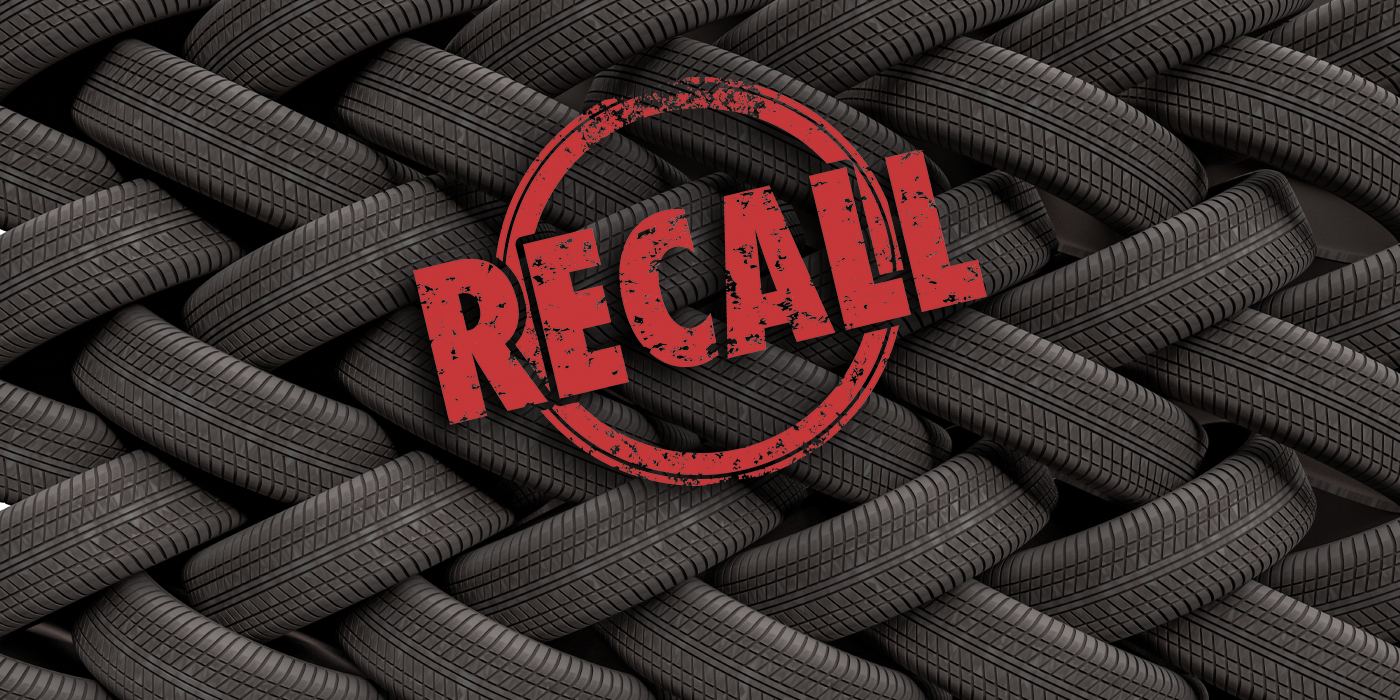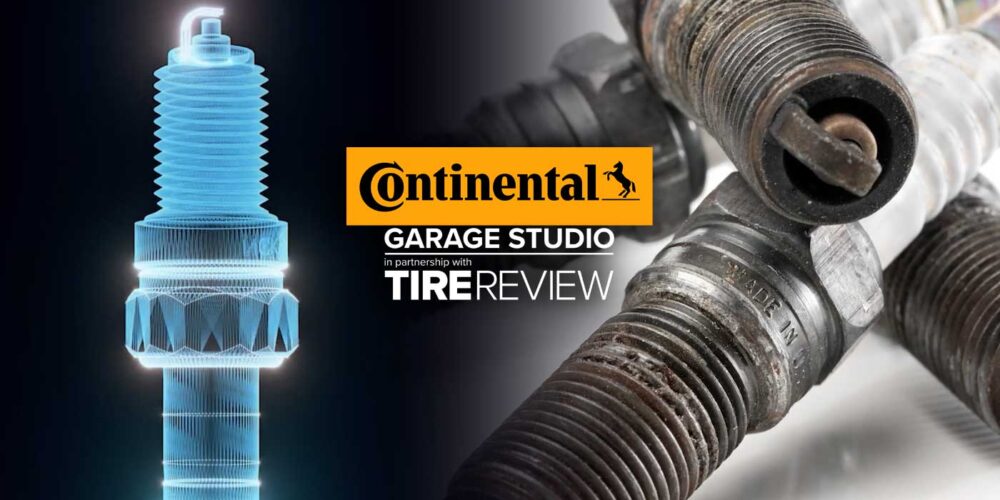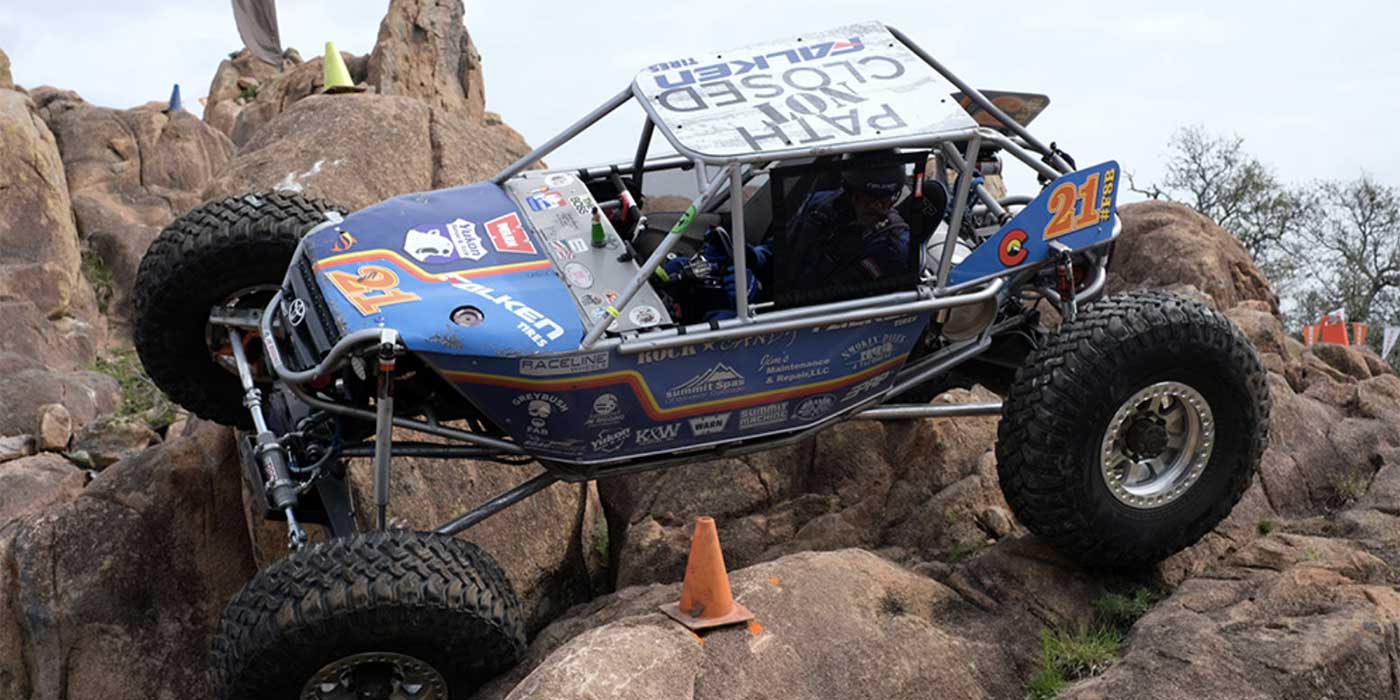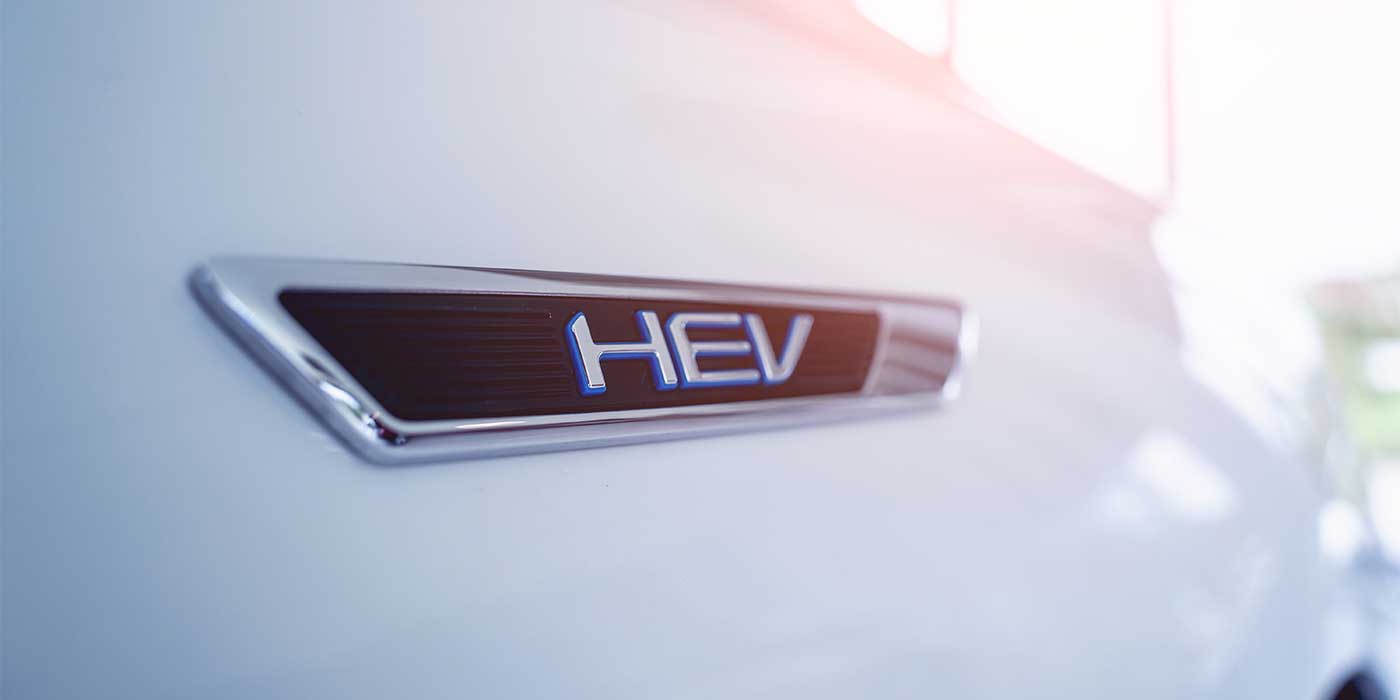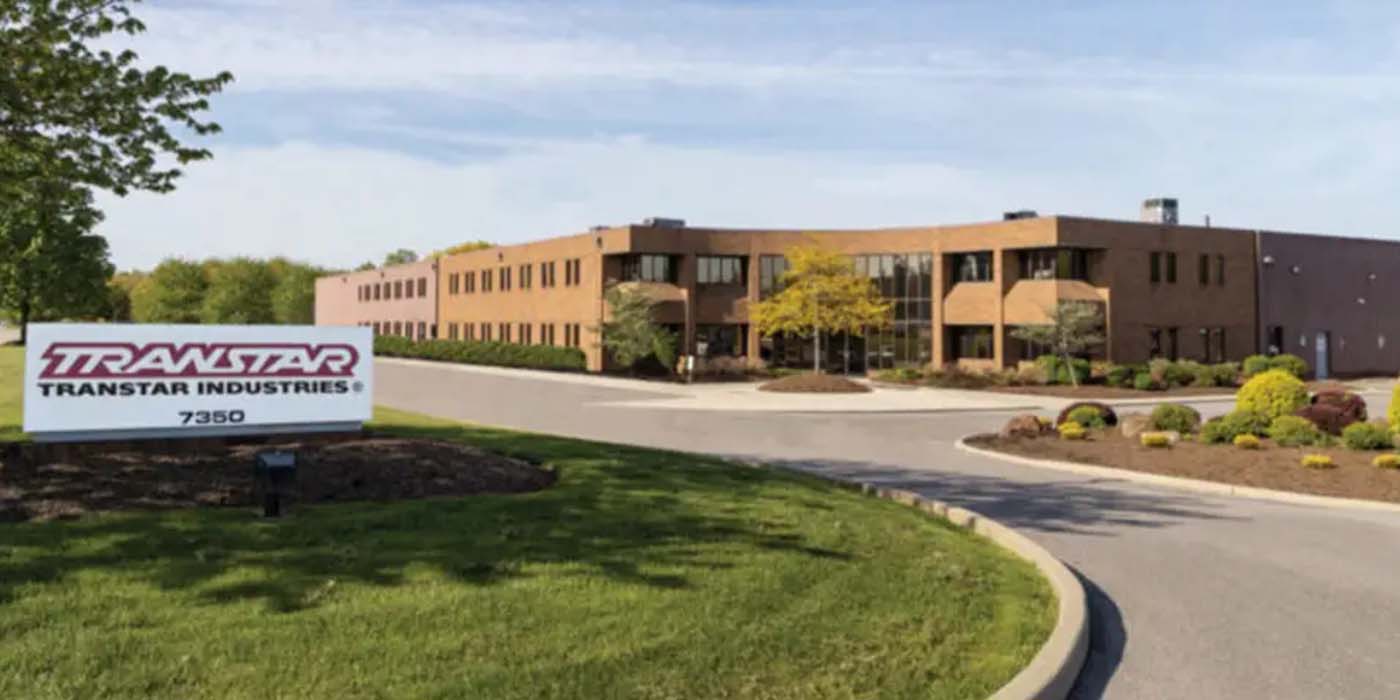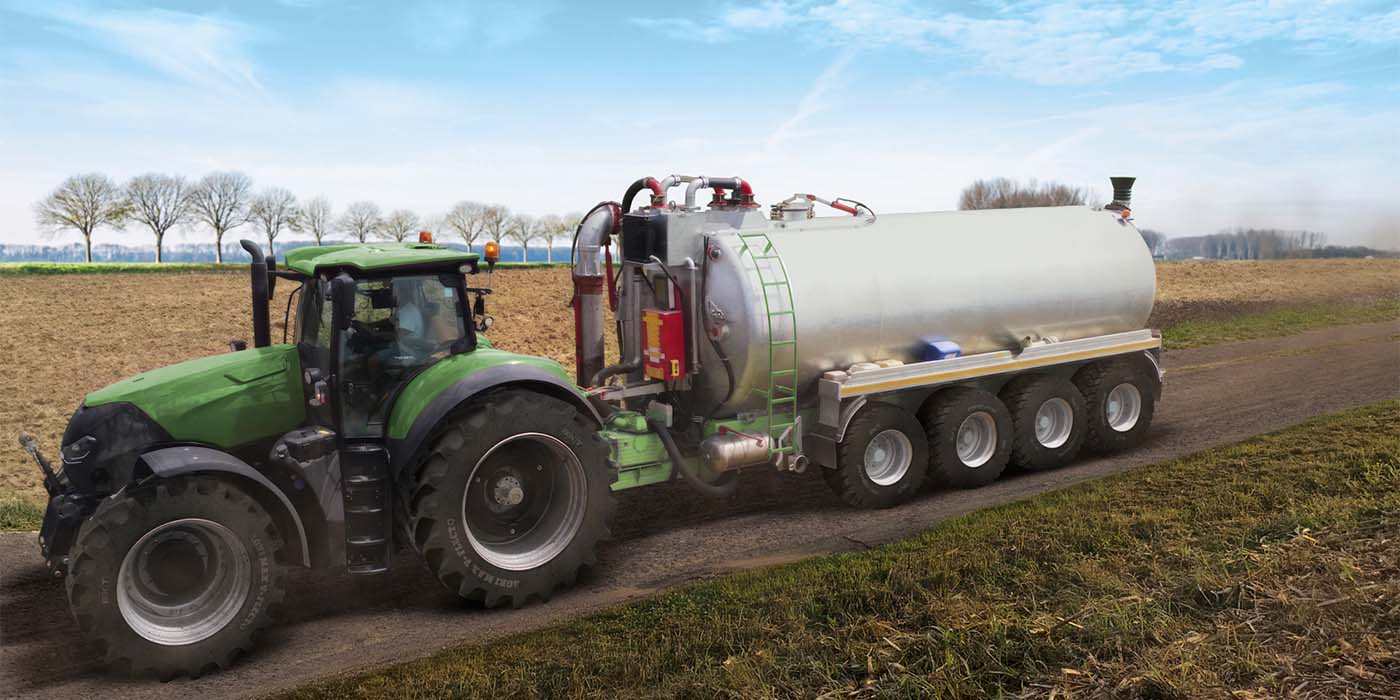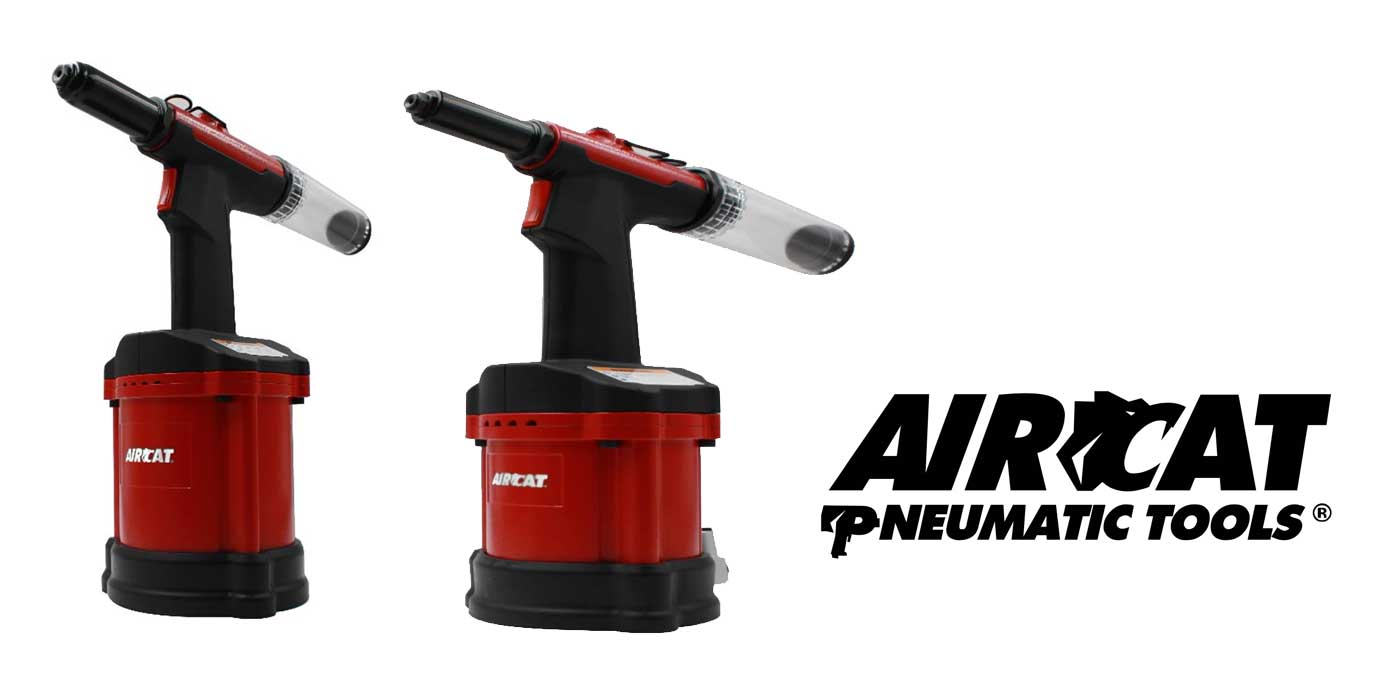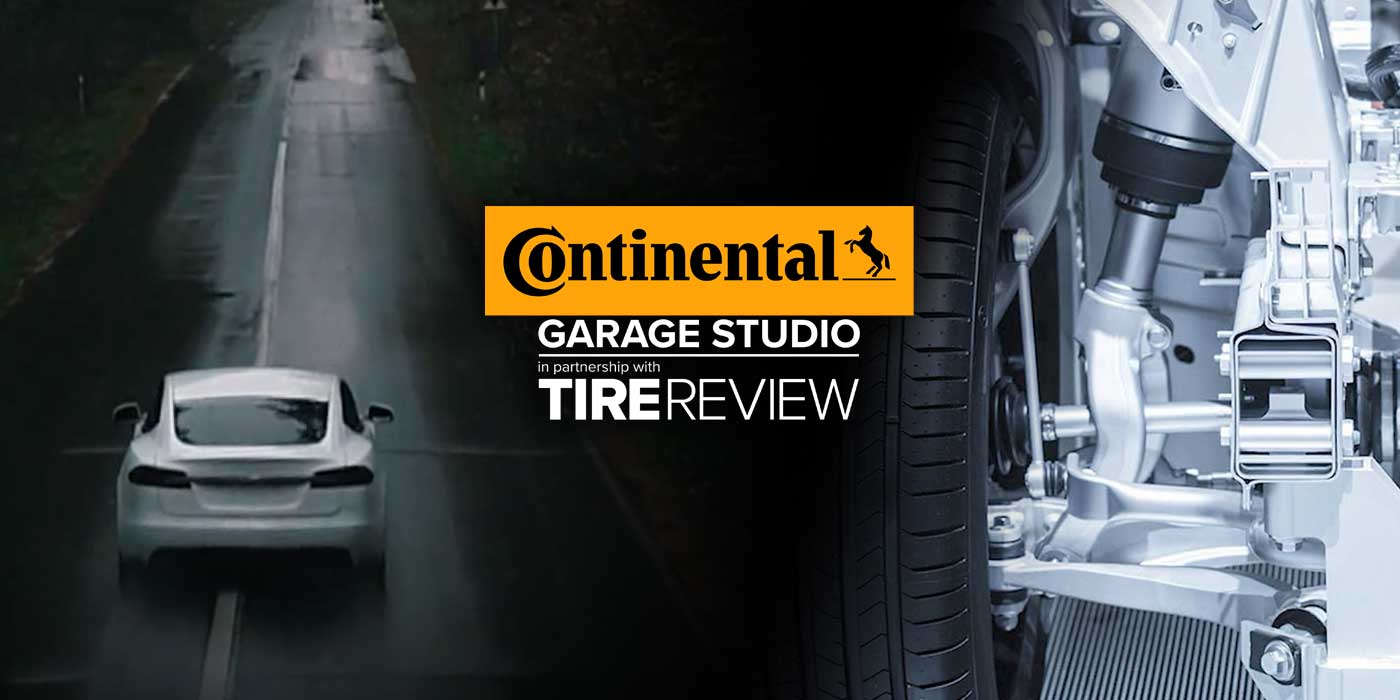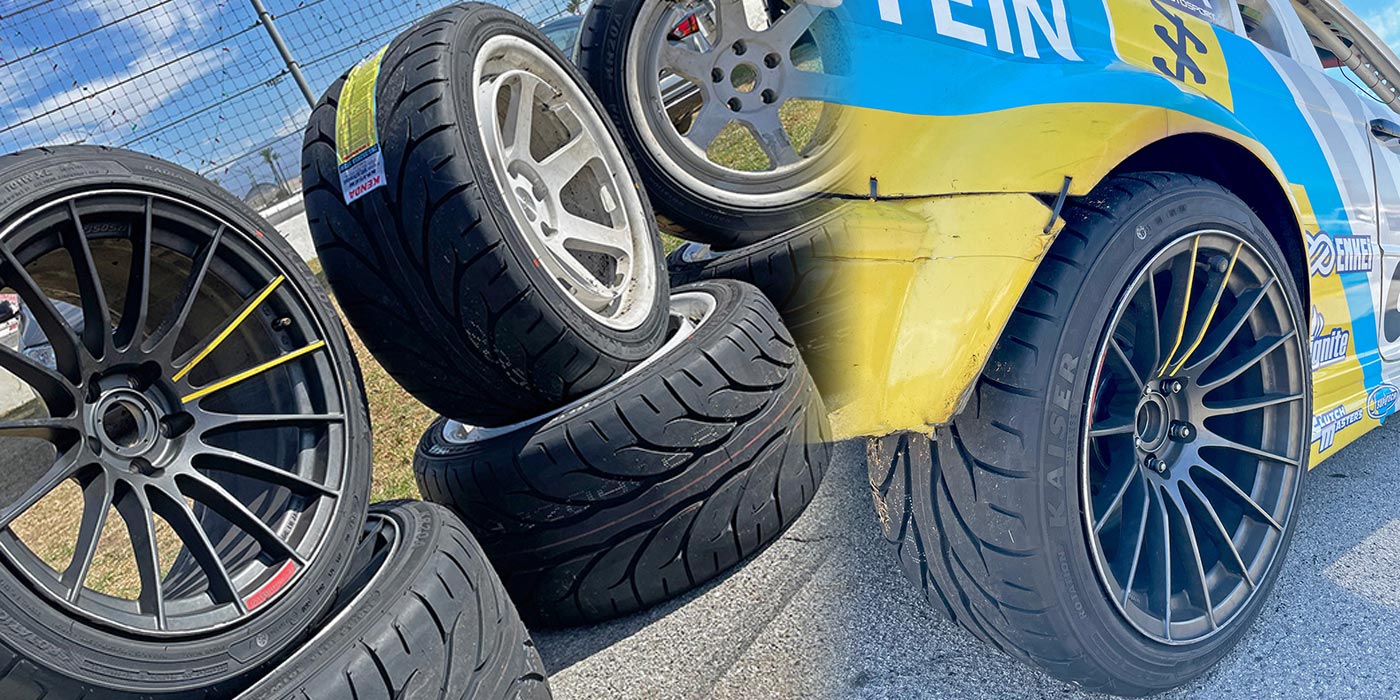The country has great prospects to emerge as one of the major suppliers in the region especially as it is closely located to China, the world’s largest consumer of rubber.
A study on the development of the Cambodian rubber sector, carried out between 2004 and 2005 by SOFRECO, the leading French consultants, for the Cambodian Ministry of Agriculture, Forestry and Fisheries, and financed by the French Development Agency, has pointed out that the country has remarkable competitive advantages for the production of natural rubber.
Conducive factors
Soil and climatic conditions are propitious to hevea cultivation in several regions of the country, notably the red earths of the basaltic origin, mainly the provinces of Kampong Cham and Rattanakiri. The study says that latex yields in these parts of the country are generally higher compared to other producing countries of the region and that labour costs are relatively low.
The very fact that the country is close to the strong growth markets like China and India as well as the relatively efficient and inexpensive rubber export channel through Vietnam (Ho Chi Minh City) is certain to trigger the growth of the country’s NR industry in the coming years.
It is projected that if everything goes well, the area under NR in Cambodia will touch 94,000 ha in 2010 from 66,000 ha in 2004. The projected figures for the year 2020 are 124,000 ha and 150,000 ha for the year 2030.
Export trends
The country’s NR exports were mainly to regional countries such as Vietnam, China, Malaysia, etc. This sector generated approximately US$ 63 million in foreign exchange during 2002, according to FDA study. The exports were mainly to neighbouring countries like Vietnam, China and Malaysia.
However, Cambodia represents only 0.29% share of the world’s NR production and ranks as low as the 16th among rubber producing countries, making it explicit that the Cambodian NR has very little impact on global rubber production at present.
In Cambodia, rubber is still mainly cultivated within the framework of integrated industrial State enterprises, earmarked for privatisation. Still, plantations of smallholders, usually family farms of modest size, are growing strongly. Though six to seven years are necessary to get yield from the new plantations, intercropping is practised to compensate the loss of profit of the non-productive years. Hevea (rubber tree) integrates well into smallholder system and plays an important role in stabilising revenues, according to the French Development Agency (AFD)-sponsored study.
In 2004, Cambodian NR production represented 4% of the agricultural industry’s GDP, which, in turn, represented 33% of the national GDP. Cambodia’s total NR production in 2006, according to statistics of International Rubber Study Group (IRSG), stood at 46,000 tonnes as against 43,000 and 45,000 tonnes in 2004 and 2005 respectively, showing that there had been only a marginal increase.
Direct jobs linked to the industry currently represent 27,000 workers, corresponding to approximately 40,000 direct and indirect jobs. Rubber growing is still attractive for family farmers and contributes to the reduction of rural poverty in a major way.
Though the momentum of spontaneous development in respect of family plantations is very strong, due to dearth of quality plant material, most of these plantations are having a significantly lower production potential (approximately 40%) than those planted with high-performing clones. The potential loss of revenue resulting from the use of low quality plant material is estimated at US$480 million over the next 20 years, says the study.
Major challenges
It is being pointed out that the Cambodian rubber industry faces many challenges ranging from lack of quality plant materials, insecurity related to land tenure, lack of technical support, high and long term investment, productivity issues, low processing capacity and price discounting. Moreover, the cost of rubber processing is stated to be between US$74 and US$120 a tonne, more expensive than other countries in the region. In Vietnam, the processing costs are US$70 a tonne and about US$60 a tonne in Indonesia.
According to a recent paper by the Economic Institute of Cambodia, Phnom Penh, despite these challenges ahead, potential market opportunities for Cambodia’s rubber sector is immense. Firstly, immediate attention should be given to the promotion of quality control of Cambodian rubber, particularly in setting up a system of export specification and certification, improving the system that monitors the requirements of foreign rubber markets, better analysis of opportunities and threats, and recommending responses.
The paper also suggests that more emphasis should be given on rubber research and extension activities to boost productivity and dissemination of appropriate technology to rubber planters in relation to plant materials and land preparation. Further, the quality of inputs needs to be verified regularly by checking planting materials used.
Lastly, it is suggested that access to long-term rural credit with minimum interest rates should be introduced and potential private sector investment in expanding planted area, rubber processing and trading be encouraged.
Bright days ahead
NR price has increased sharply in the last five years rising from US$497 a tonne in 2001 to around US$1,900 a tonne in 2006, and the upward trend is expected to continue according to the paper.
This situation, no doubt, provides an excellent opportunity for diversification and income generation which would, in turn, result in substantial contribution towards improving the standard of living and reducing poverty in the areas naturally suitable for NR plantation, according to the paper.
The Cambodian Ministry of Agriculture and Forestry is of the view that the most important opportunity for developing commercial crop production of the country lies in the rubber industry.
There is scope for increasing the cultivated area from the current 61,000 ha. to about 330,000 hectreacres without reducing the planting area for other crops, resulting in anticipated yield of about 500,000 tonnes of dry rubber a year, according to the ministry.
Privatisation of the six state-owned plantations is being currently prepared, with valuation of assets underway which, the ministry says, will raise private investment and expertise necessary to increase area coverage and modernisation of production.
Smallholder and farmer-owned and managed private plantations will also be encouraged around nucleus plantations. “Rubber production is a labour-intensive crop and the industry has the potential to perform a significant poverty alleviation role through rural employment creation,” according to the ministry.
Foreign investment
The latest report of the Vietnam News Agency, Hanoi says that the Government has recently given the green signal for the Vietnam Rubber Corporation (VRC) to invest an estimated US $4 million in planting 4,000 ha of rubber trees in Cambodia during 2007.
Under a bilateral cooperation plan, VRC will provide funding, seedlings and necessary equipment for the planting. The investment was part of a project to bring 100,000 ha under rubber in Cambodia.
AFD initiatives
The objective of the French, Development Agency (AFD) study which began in March 1999 was, among other things, to bring 2,500 ha under NR, and to set up technical institutional and financial structures adapted to the development of family rubber plantations, as a prelude to a much larger national level programme and extend support to the establishment of a smallholder organisation
Diversification of crop systems, in order to optimise and stabilise smallholder revenues and support to the certification and commercialisation of Cambodian rubber, were also among the objectives. It is estimated that Cambodia is losing up to 20% of the export value of the crumb rubber because of the lack of certification.
It was in this context that the AFD-funded Cambodian Rubber International Certificate Issuance and Commercialisation Support Project (PRCC) was launched with a total grant of EUR 800,000, for three years.
The specific objective of the project is to maximise the selling price of Cambodian NR by optimising the commercialisation practices and safeguarding the quality. Towards this end, PRCC provides technical assistance and support training for the establishment of the certification process at the national level. It also provides support to the newly set up Association for Rubber Development of Cambodia (ARDC).
Recommendations
The AFD study recommends that in new zones (provinces of Rattanakiri, Mondulkiri), the creation of small rubber holdings must take place within the framework of land-tenure law, in an equitable way favouring the accession of ethnic minorities.
In the case of migrants from other regions of Cambodia, setting the land ownership rights of minorities must be respected. Hevea plantations on primary forests are to be excluded while new plantations on long-term fallow land should take place in accordance with natural balances, favouring diversified lands and preserving natural spaces so that biodiversity is maintained, the study says.
It has also recommended to extend the technical, financial and institutional assistance to farmers in zones with good potential, geographically. This includes facilitating development of private channels of factory processing and export of rubber produced by family holdings focusing mainly on TSR 10 and 20 varieties, in addition to smoked sheets. n




